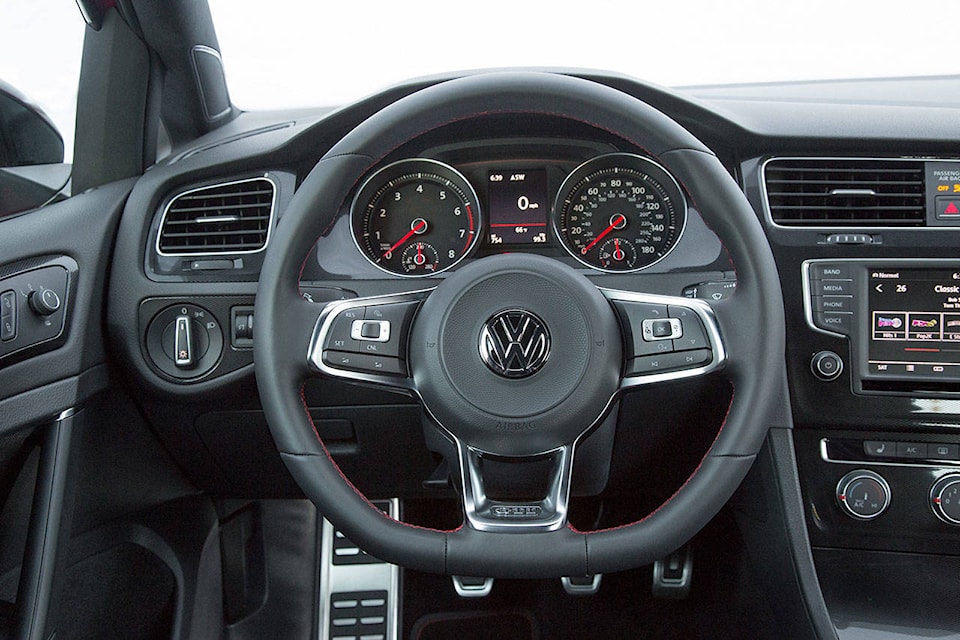Every month, at least two youth die in car crashes in British Columbia, and 20 youth are injured daily.
Distracted driving is the main contributing factor for teen drivers in crashes.
In an age where digital communication is the standard and instant responses are expected, the use of mobile devices while driving is a growing problem among all drivers, including teens.
In recognition of National Teen Driver Safety Week in Canada, ICBC has highlighted what teens, their families, and their friends can do to help encourage smarter choices behind the wheel.
While it rightly gets the most attention, distracted driving is more than just texting while driving; it’s any kind of activity that takes a driver’s focus away from the road. Eating, talking to a friend, changing a playlist, watching a video, checking your newsfeed, inputting GPS information, and putting on makeup while driving are all examples of distracted driving.
All drivers — not just teens — need to use tech wisely while driving. Use the “Do Not Disturb while driving” feature on your iPhone, or install a distracted driving app to help you resist temptation. Your phone can send auto-replies to explain why you’re not responding.
If you are in the graduated licensing program, it’s illegal to use electronic devices while driving, even if you are using those devices hands-free. Your first offence alone will cost you $543.
Keep music low enough to hear everything else. Sounds from the road can affect the decisions you make as a driver. Turn down the volume, and remove earbuds so you’re able to hear the siren of an ambulance or the screech of a car’s tires.
Parents need to set the standard. Even though it might seem like they’re not paying any attention to you these days, your children certainly are. Teens are greatly influenced by their parents’ attitude toward texting while driving, and the habits that you employ when you’re behind the wheel.
Parents also need to put away all phones. When taking your teen out to practice driving, insist that all phones be placed in the glovebox before starting the vehicle. Be sure to place yours in the glovebox as well, to ensure that everyone in the vehicle is focused on the road ahead.
If you’re with a friend who’s driving, then chill out, and let your friend focus on driving by being a good passenger. Save the wild dance moves, punching your buddy in the backseat, or getting in a really heated conversation for when you arrive at your destination.
And don’t be afraid to speak up. If your friend is texting while driving, say something. They’re not only being careless, but also placing the lives of everyone in the vehicle at risk. Offer to manage their texts while driving.
Thankfully, youth injuries and deaths from vehicle crashes are declining, in part due to the success of ICBC’s graduated licensing program. But crashes still remain the leading cause of preventable death for young adults in B.C. Other factors such as driver inexperience, carelessness, late-night driving, overestimation of ability, thrill-seeking, and risk-taking also play a role in the high rate of youth crashes.
One in six young drivers could get in a crash. There were 230,000 active licences, and 35,000 crashes, involving youth in 2015. More than 11 per cent of all crashes that occurred in 2015 involved a young person aged 16 to 21. In the Southern Interior region in 2015, there were 43 fatalities and 5,200 injuries involving youth.
For more tips on how to keep kids safe on the road, or to learn more about the graduated licensing program, visit icbc.com.
